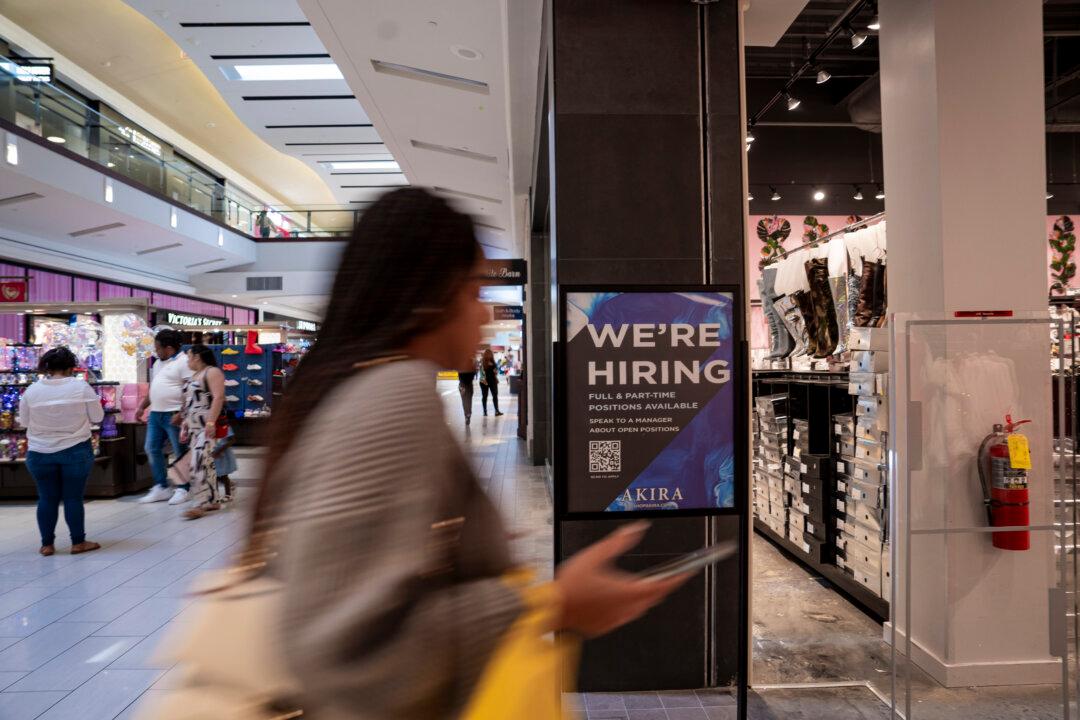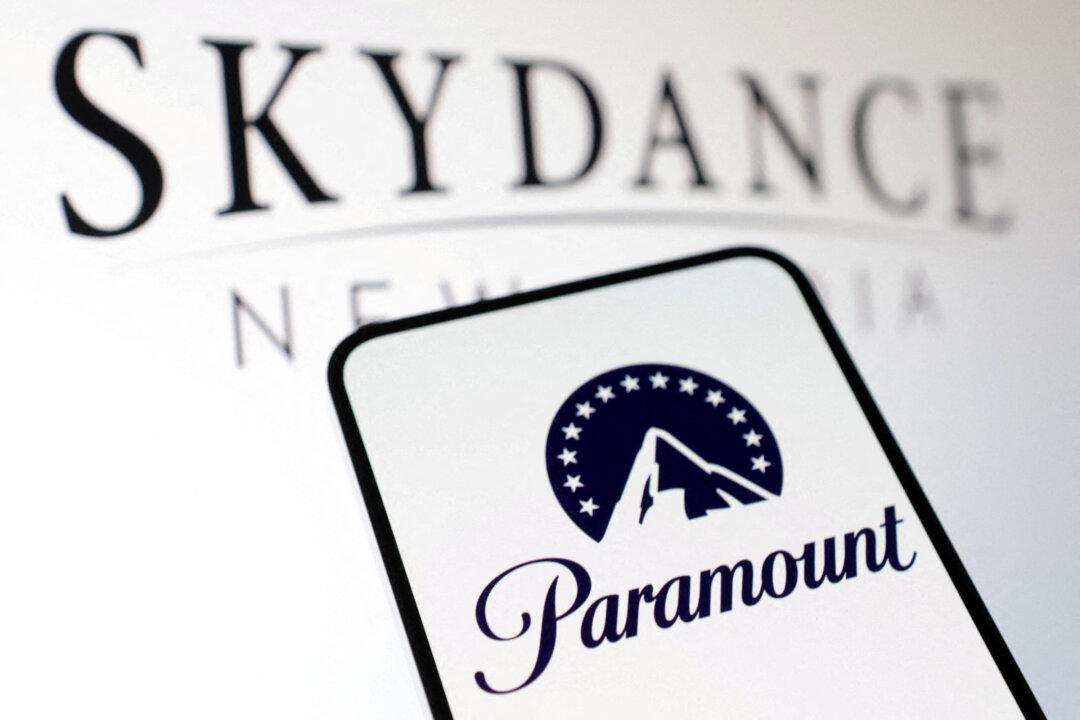U.S. labor costs rose more than market estimates in the first quarter because of increased wages and benefits, highlighting that inflation pressures have surged to start the year.
The Employment Cost Index (ECI), a broad gauge of labor costs closely monitored by the Federal Reserve, advanced by 1.2 percent in the first three months of 2024, according to the Bureau of Labor Statistics (BLS). This is up by 0.9 percent from the fourth quarter and higher than the consensus estimate of 1 percent.





